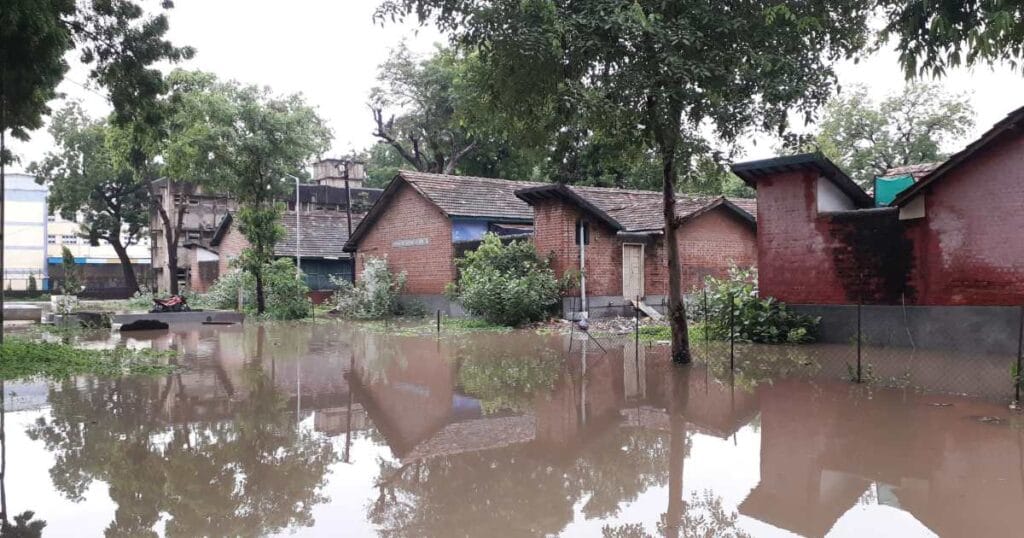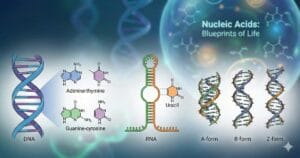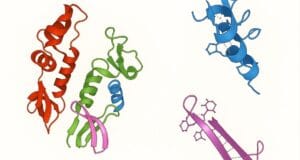
COMPETITIVE EXAM MCQs SERIES of ENVIRONMENTAL SCIENCE for UGC-NET/JRF, SLET, ARS, GATE, and other entrance tests – Contemporary Environmental Issues: Environmental Disasters and Their Management.
Syllabus Outline
- Natural environmental disasters (e.g. Earthquakes, floods, cyclones, droughts, landslides, tsunamis, forest fires)
- Anthropogenic environmental disasters (e.g. Industrial accidents, nuclear disasters, oil spills, chemical leaks, mining-related disasters)
- Major environmental disaster case studies (e.g. Bhopal Gas Tragedy, Chernobyl Nuclear Disaster, Fukushima Nuclear Accident, Uttarakhand floods, Indian Ocean tsunami)
- Environmental and ecological impacts of disasters
- Disaster risk reduction and preparedness strategies (e.g. Early warning systems, risk assessment, zoning and land-use planning, structural and non-structural measures)
- Disaster management cycle and phases (e.g. Mitigation, preparedness, response, recovery)
- Institutional framework for disaster management in India (e.g. National Disaster Management Authority, State Disaster Management Authorities, District-level mechanisms)
- Disaster Management Act and international conventions
- Community-based disaster risk reduction and awareness programs.
This quiz contains concept-based, most frequently asked 25 MCQs of “Contemporary Environmental Issues: Environmental Disasters and Their Management”. Each question has a single correct/most appropriate answer.
*****
1. Which of the following phenomena directly causes tropical cyclones?
A) High-altitude volcanic eruptions
B) A low-pressure area
C) Easterlies Air flow
D) Earthquake in the tropical region
2. What type of event caused the 2004 Indian Ocean tsunami?
A) A major undersea earthquake west of Sumatra
B) A sudden collapse of a Himalayan glacier
C) A volcanic eruption in the Indian Ocean
D) A fast-moving tropical cyclone hits the coast
3. The 2013 Uttarakhand floods were primarily caused by which meteorological phenomenon?
A) Sudden dam failure on the Ganges
B) Unprecedented cyclonic activity in the Arabian Sea
C) A localised cloudburst over Uttarakhand
D) Abnormal snowmelt from the Himalayas
4. The Bhopal gas tragedy (1984) resulted from the leakage of which toxic chemical at the Union Carbide plant?
A) Chlorine gas
B) Methyl isocyanate
C) Ammonium cyanide
D) Phosgene gas
5. Approximately how many people died immediately due to the Bhopal gas leak in December 1984?
A) ~500
B) ~1,200
C) ~3,800
D) ~10,000
6. Which of the following nuclear accidents was rated at level 7 of the International Nuclear and Radiological Event Scale?
I – Jaslovské Bohunice in 1976
II – Three Mile Island in 1979
III – Chernobyl disaster in 1986
IV – Fukushima Daiichi nuclear disaster in 2011
A) I and II
B) II and III
C) III and IV
D) I, II, III and IV
7. What was the primary trigger for the Fukushima Daiichi nuclear accident in 2011?
A) Operator error during reactor maintenance
B) Loss of coolant due to an earthquake and tsunami
C) Design flaws in reactor construction
D) Sabotage of backup generators by outsiders
8. The Chernobyl nuclear disaster (1986) occurred in which country?
A) Belarus
B) Ukraine
C) Russia
D) Poland
9. In which year did the catastrophic Uttarakhand floods take place?
A) 2008
B) 2010
C) 2013
D) 2016
10. Which of the following is not true for a disaster?
A) Some disasters occur at a very small scale and can be dealt with by the affected community.
B) They can be natural as well as anthropogenic in nature.
C) They occur at different places with different intensities depending upon a variety of environmental conditions
D) Some biological disasters can become a pandemic.
11. Which of the following is one of the bases on which a disaster is different from an accident
A) Place of origin
B) Country
C) Season
D) Losses occurred
12. Which of the following are compressional body seismic waves?
A) Rayleigh wave
B) Love wave
C) Secondary wave
D) Primary wave
13. Which of the following are the fastest body seismic waves?
A) Rayleigh wave
B) Love wave
C) Secondary wave
D) Primary wave
14. Seismic wave and seismicity are terms associated with:
A) Floods
B) Droughts
C) Earthquake
D) Cyclones
15. The phenomenon of the receding of ocean waters from the shoreline towards the ocean before the first Tsunami wave strikes the shore is called:
A) Settle down
B) Wave back
C) Low tide
D) Draw back/ draw down
16. Which of the following is a logarithmic scale for measuring the amount of energy released during a seismic activity?
A) Stephan Boltzmann scale
B) Mercalli scale
C) Eiffel scale
D) Richter Scale
17. Which of the following is both a natural and anthropogenic disaster?
A) Earthquake
B) Cyclone
C) Volcano
D) Flood
18. Which of the following disasters is the result of an earthquake beneath the oceanic crust?
A) Forest fire
B) Flood
C) Cyclone
D) Tsunami
19. The combination of the probability of an event and its negative consequences can be termed as:
A) Man–made accident
B) Risk
C) Vulnerability
D) Hazard
20. Wire mesh is an important consideration for the mitigation of:
A) Mud flow
B) Floods
C) Erosion
D) Rock fall
21. In the context of Disaster Mitigation in India, CBDM stands for:
A) Community and Basic Disaster Management
B) Counselling and Basic Disaster Management
C) Community-built Disaster Management
D) Community-based Disaster Management
22. Restoring infrastructure and societal functions after a disaster corresponds to which phase?
A) Mitigation
B) Preparedness
C) Response
D) Recovery
23. Which Ministry of the Government of India is the nodal authority for natural disaster management?
A) Ministry of Environment, Forest and Climate Change
B) Ministry of Home Affairs
C) Ministry of Agriculture and Farmers’ Welfare
D) Ministry of Earth Sciences
24. The Sendai Framework explicitly aligns with which major international agreement on climate change?
A) Montreal Protocol
B) Paris Agreement
C) Kyoto Protocol
D) Basel Convention
25. Conducting community drills and training local responders are examples of which phase of the disaster management cycle?
A) Mitigation
B) Preparedness
C) Response
D) Recovery
*****
Previous: Environmental Challenges of Waste Management
Go back to: Unit-1: Fundamentals of Environmental Sciences
References
- R. Rajagopalan (2015) ENVIRONMENTAL STUDIES: FROM CRISIS TO CURE, Oxford University Press, Third edition
- Bharucha, E. (2013). Textbook of Environmental Studies. Universities Press, 3rd edition
- Abha Vashistha and Surabhi Johari (2020). Contemporary Environmental Issues and Challenges, Bloomsbury Prime
- William Cunningham and Mary Cunningham (2009) Environmental Science: A Global Concern, McGraw-Hill Education, 11th edition

